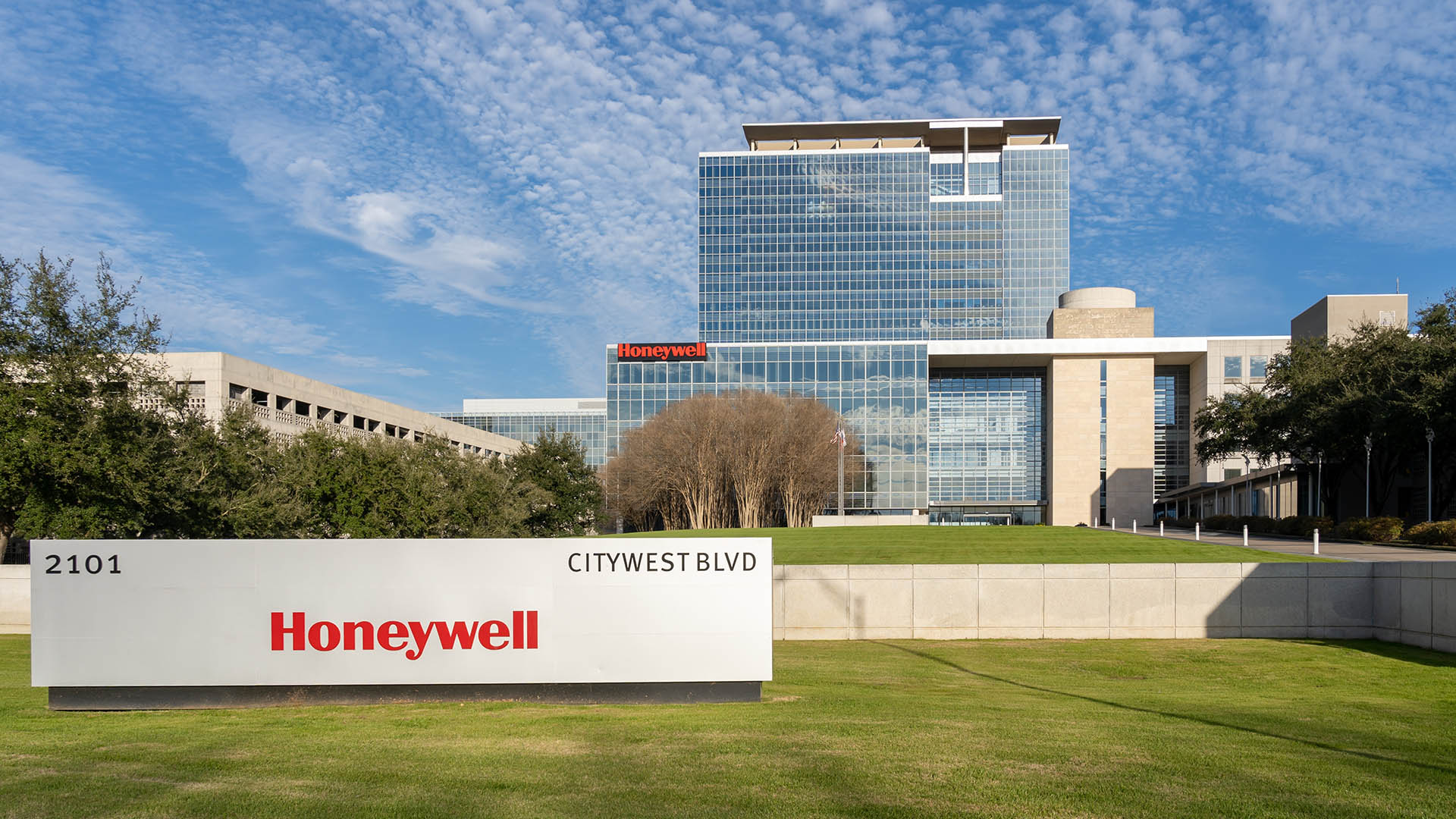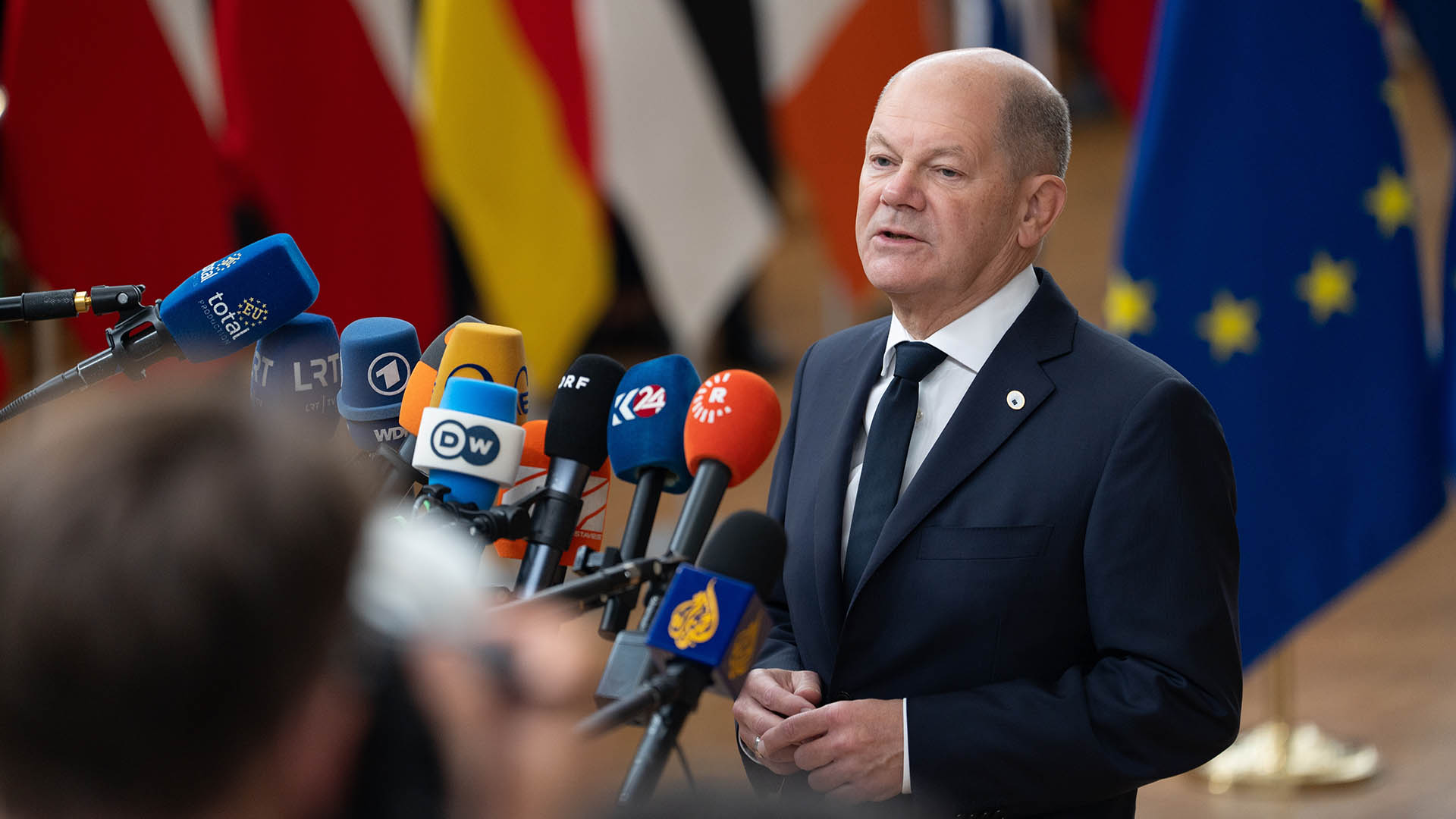The change in approach from the US Federal Reserve in its post-January meeting statement for the Open Market Committee is another example of how investors and markets should be ‘careful what they wish for’.
Yes, the Fed gave them what they wanted – no more mention of interest rate rises, a solid suggestion the unwinding of its multi-trillion dollar balance sheet will be done in a way not to upset markets.
Yes, the news helped support Wall Street with all three major indices making gains on the way – but they were already up substantially before the Fed’s statement was released two hours before trading ended. A 7% jump in Apple shares probably has as much influence on the day as the Fed statement. Markets had been expecting no change and a softer stance on rate increases
Investors, however, should understand that in taking the softer stance the central bank has actually wound back its view of the health of the US economy. Chair Jay Powell told his media conference that the case for higher interest rates “has weakened”. That is a significant turnabout in six weeks.
Back in December after the last meeting for 2018, the Fed left the clear impression markets could expect more rate rises in 2019 – possibly two according to the so-called ‘dot plot’ which shows were each Committee member thinks rates are moving to over the next couple of years.
The reasons for the change were muted inflation and somewhat slower US growth with the latest Fed statement and Mr. Powell both stressing the central bank will be “patient” before determining its next move.
The Fed also indicated it’s willing to adjust the size of its balance-sheet runoff, and perhaps end it altogether, amid Wall Street worries that it contributed to the huge stock-market selloff in December.
Winding back the size of its balance sheet is a tightening of monetary policy which has spooked Wall Street previously – the so-called taper tantrums as we saw in 2013 and 2015 saw sharp sell-offs and a rise in market volatility, as we saw in November and December last year. Wall Street survived each tantrum and seems to be following that route this time.
Mr. Powell told his media conference that the current level of interest rates is “appropriate for the state of the economy” – in other words is the case for higher rates “ as weakened” as he says it has, then the economy has clearly slowed since the third quarter of last year when growth was well above 3% and wages growth was nudging, then breaching the 3% level, along with core inflation which moved above the target level of 2%.
US investors have failed to understand what the Fed’s change means (and we are now seeing it in some 4th quarter financial reports) for share prices – the economy is slowing and so might earnings. That is especially so with global companies facing the impact of Trump’s trade war with China and the higher tariffs on imports of steel and aluminium (which is hurting the very manufacturers Trump reckoned to help, such as Harley Davidson, Ford, the farm sector etc) and being hit by higher costs.
This changed view of the economy explains why the Fed backed away from a pledge for “further gradual increases” in interest rates in December for the more patient approach in late January.
Incidentally, it was the first time since 2015 the bank’s post-meeting statement has not included such language like “further gradual increases” in interest rates. In other words, the Fed left open the possibility that the next rate move could be to cut interest rates.
Central banks hold rates steady to not kindle inflation and help support a moderately performing economy – they cut them when they see growth slowing and inflation and costs weakening. A major factor in the change of policy is the slowdown in China and Europe.
Powell made clear at its media conference that the central bank does not see the US expects the economy stumbling. While acknowledging that growth appears to have slowed, he said the economy is still stable and expanding. The Fed described the economy as expanding at a “solid rate” in January, compared a “strong” rate in December.
He also noted the partial government shutdown has made it harder to assess the economy.
A slew of critical reports on the economy were delayed by the 35-day partial shutdown, including the first estimate of 4th quarter GDP that was due out Wednesday morning.
Friday’s release of the January jobs data is on track and will give us the first sign of how the economy started 2019. But the Fed now thinks it has started the new year in a lower gear and doesn’t need another rate increase.













